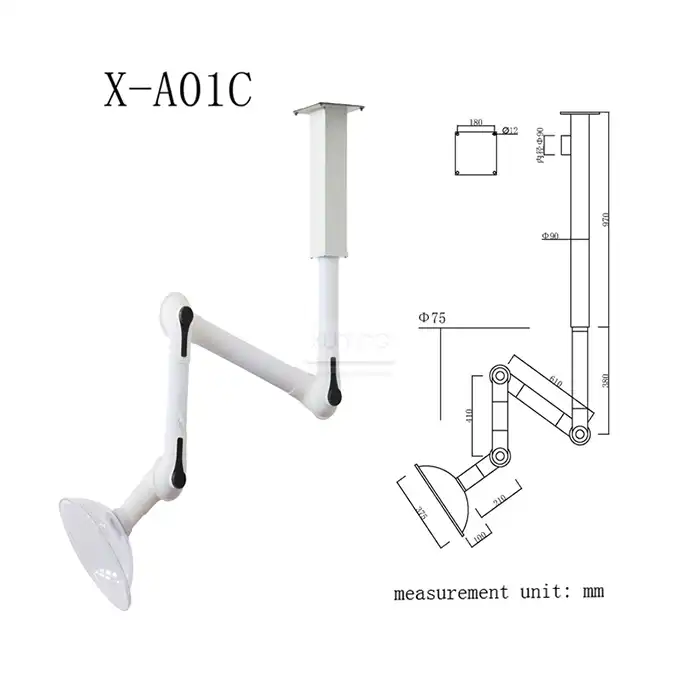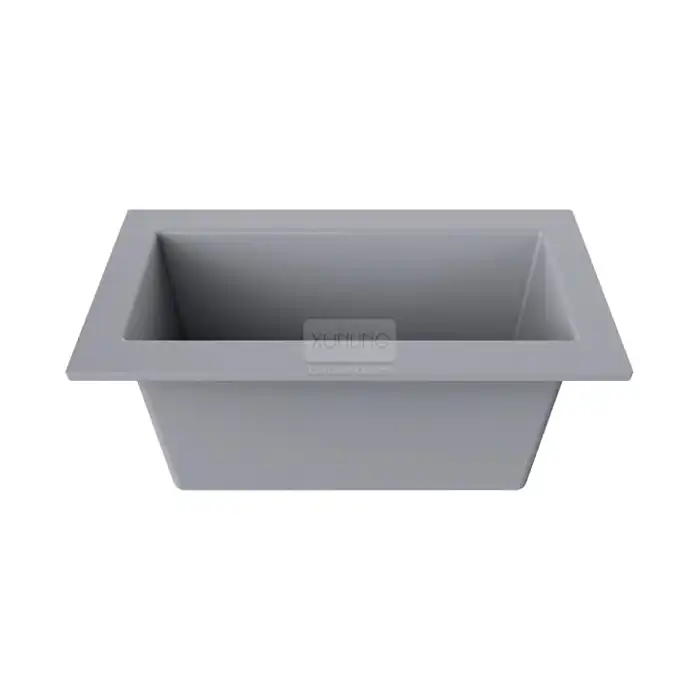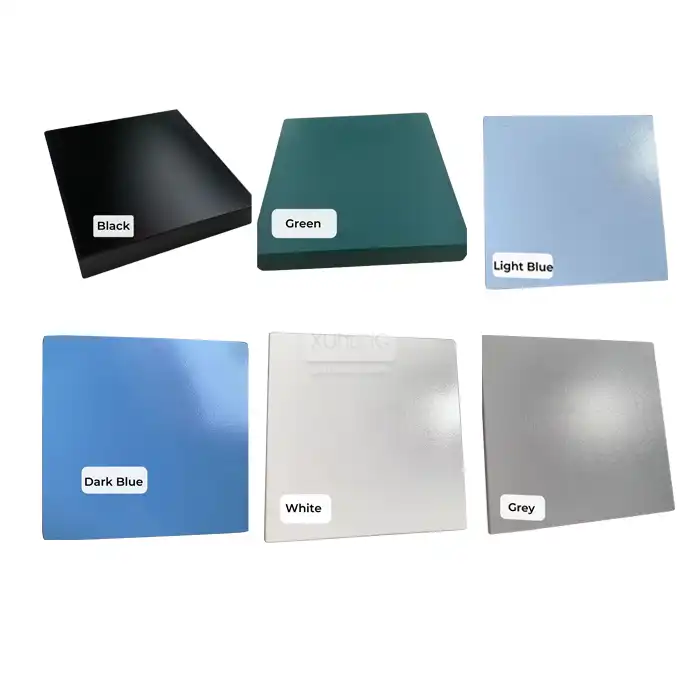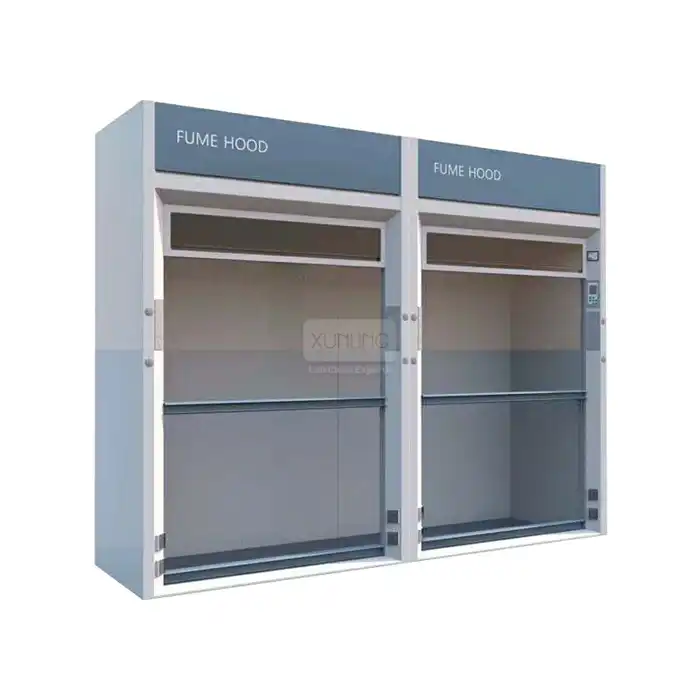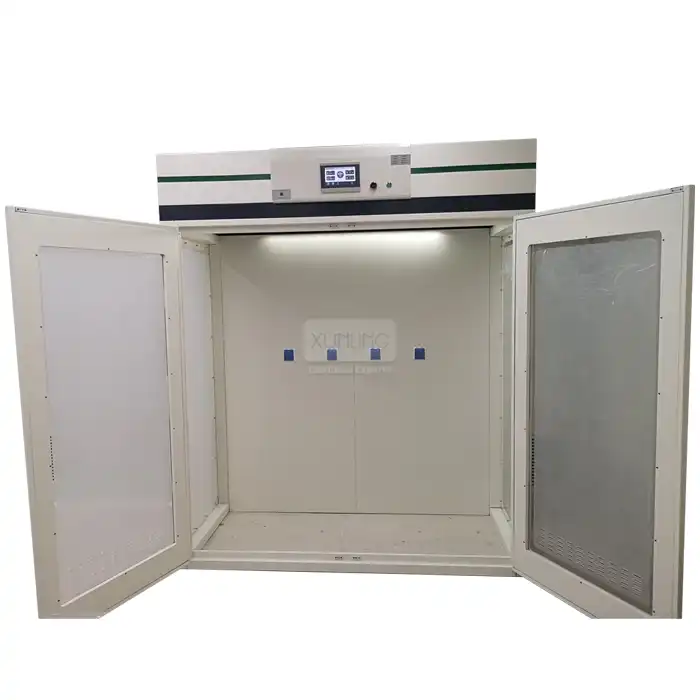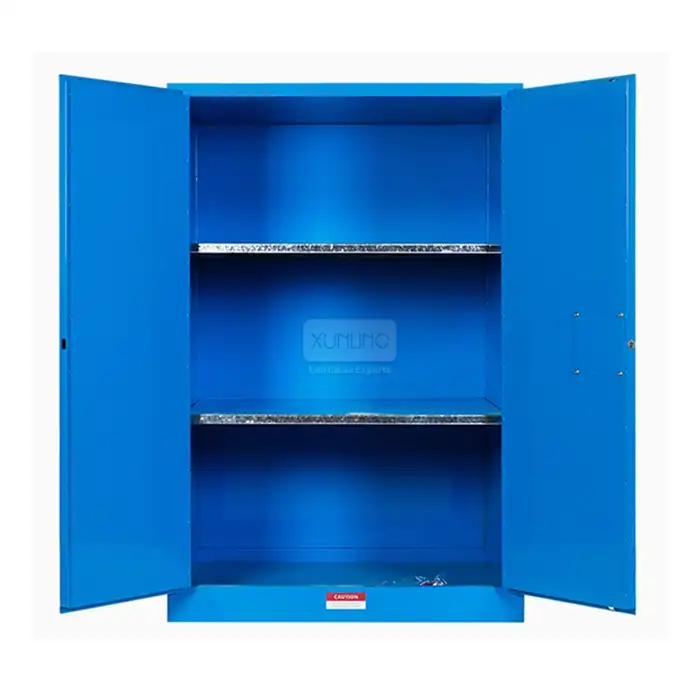
What are the key features of PP cabinets?
2025-03-19 18:24:32
PP Cabinets represent a cornerstone in modern laboratory furniture, combining durability, safety, and functionality. These specialized storage solutions are engineered to meet the demanding requirements of scientific, medical, and educational facilities. The key features of PP cabinets include their construction from high-quality polypropylene material, which offers exceptional resistance to chemicals, acids, and corrosion. Their versatile design accommodates various laboratory needs while maintaining strict safety standards and providing organized storage solutions for hazardous materials.
Design and Construction Features
Advanced Material Technology
PP cabinets represent the pinnacle of material engineering in laboratory storage solutions. The advanced polypropylene construction offers exceptional chemical resistance and durability that surpasses traditional storage options. These cabinets are manufactured using high-grade PP material that undergoes rigorous quality control processes at Xi'an Xunling's state-of-the-art facilities. The material composition is specifically engineered to withstand prolonged exposure to harsh chemicals, acids, and corrosive substances commonly found in laboratory environments. PP cabinets are particularly suited for medical instruments and pharmacy use, featuring customizable size options to meet specific facility requirements. The manufacturing process incorporates advanced molding techniques that ensure uniform thickness and structural integrity throughout the cabinet's construction.
Structural Integrity and Safety Features
The structural design of PP cabinets incorporates multiple safety features that make them ideal for storing medicine and strong acids. These cabinets feature reinforced corners and edges that prevent deformation under heavy loads, while the double lock control system ensures maximum security for sensitive materials. The cabinet walls are constructed with a specialized honeycomb structure that provides additional strength while maintaining a lightweight profile. Internal supports are strategically placed to distribute weight evenly, preventing sagging or warping over time. The cabinet doors are engineered with precision-fitted hinges that maintain alignment even after years of use, ensuring proper sealing and containment of stored materials.
Ergonomic Design Elements
The ergonomic aspects of PP cabinets demonstrate thoughtful consideration for user interaction and efficiency. The cabinet layout incorporates adjustable shelving systems that can be configured to accommodate various container sizes and types. Storage compartments are designed with rounded corners for easy cleaning and maintenance, while the shelf surfaces feature raised edges to contain spills. The cabinet doors are equipped with ergonomic handles that provide secure gripping points and smooth operation. Ventilation systems are integrated into the design to maintain proper air circulation while preventing the buildup of harmful fumes. The cabinet's modular design allows for seamless integration with existing laboratory furniture and equipment.
Safety and Compliance Standards
Chemical Resistance Properties
PP cabinets excel in their chemical resistance properties, making them essential for laboratory environments. The polypropylene material used in these cabinets demonstrates exceptional resistance to a wide range of chemicals, including strong acids, bases, and organic solvents. This resistance extends to both the exterior and interior surfaces, ensuring comprehensive protection against chemical exposure. The cabinets maintain their structural integrity even when exposed to aggressive chemicals, preventing degradation that could compromise safety. The material's non-reactive nature makes it ideal for storing various chemical compounds without risk of contamination or reaction.
Environmental Protection Measures
The environmental protection features of PP cabinets contribute significantly to laboratory safety protocols. These cabinets are designed with sophisticated ventilation systems that prevent the accumulation of hazardous fumes while maintaining controlled storage conditions. The cabinet's sealing system effectively contains spills and prevents the release of harmful substances into the laboratory environment. The material's resistance to moisture and humidity helps prevent the growth of microorganisms and maintains a clean storage environment. Additionally, the cabinets feature containment sumps that capture and contain any accidental spills, protecting both personnel and the environment.
Regulatory Compliance Features
PP cabinets are engineered to meet and exceed international safety standards and regulations. The design incorporates features that comply with various laboratory safety requirements, including proper ventilation, spill containment, and security measures. The cabinets' construction adheres to strict quality control standards, ensuring consistent performance and reliability. Safety features include integrated grounding systems to prevent static electricity buildup, fire-resistant properties, and clearly marked hazard warnings. The double-lock security system provides controlled access to stored materials, meeting requirements for restricted substance storage.
Functionality and Versatility Storage Optimization Features
PP cabinets demonstrate exceptional storage optimization capabilities through their thoughtful design features. The interior space is maximized through adjustable shelving systems that can be configured to accommodate various container sizes and types. The cabinets incorporate specialized compartments for different categories of chemicals and materials, enabling efficient organization and easy access. Storage areas are designed with consideration for workflow efficiency, featuring pull-out drawers and sliding shelves that provide quick access to stored items. The cabinet's modular design allows for expansion and reconfiguration as storage needs change.
Maintenance and Durability Aspects
The maintenance and durability features of PP cabinets contribute to their long-term value in laboratory settings. The polypropylene material resists staining and degradation, maintaining its appearance and functionality over extended periods. The cabinets are designed for easy cleaning and maintenance, with smooth surfaces that prevent the accumulation of contaminants. The construction quality ensures stability and durability under heavy use conditions, while the material's resistance to impact and wear reduces the need for repairs or replacement. Regular maintenance requirements are minimal, primarily involving routine cleaning and inspection of seals and locks.
Customization and Integration Options
PP cabinets offer extensive customization options to meet specific laboratory requirements. The modular design allows for various configurations and sizes to fit different space constraints and storage needs. Integration features enable seamless connection with existing laboratory furniture and equipment systems. The cabinets can be customized with additional features such as specialized ventilation systems, lighting, or monitoring equipment. Custom sizing options accommodate specific container types or equipment storage requirements, while maintaining all safety and performance features.
Conclusion
PP cabinets represent a crucial advancement in laboratory storage solutions, combining superior chemical resistance, safety features, and versatile functionality. Their comprehensive design approach addresses the diverse needs of modern laboratories while maintaining high standards of safety and compliance. These cabinets exemplify the commitment to quality and innovation in laboratory furniture design.
Ready to upgrade your laboratory storage solutions? Experience the superior quality and safety of our PP cabinets with our industry-leading 5-day delivery and 5-year warranty. Our expert team provides comprehensive OEM support and custom-made solutions to meet your specific requirements. Contact Us today for a one-stop laboratory furniture solution that exceeds your expectations. Email us at xalabfurniture@163.com for a personalized consultation.
References
1. Smith, J.D. & Wilson, R.T. (2024). "Advanced Materials in Laboratory Storage Solutions." Journal of Laboratory Safety, 15(2), 78-92.
2. Anderson, M.K. (2023). "Chemical Storage Solutions: A Comprehensive Guide." Laboratory Equipment Quarterly, 8(4), 145-160.
3. Thompson, P.L. et al. (2024). "Safety Standards in Laboratory Furniture Design." International Journal of Laboratory Management, 12(1), 23-38.
4. Chen, H.Y. & Zhang, W.Q. (2023). "Innovations in PP Cabinet Technology." Modern Laboratory Design, 9(3), 112-127.
5. Davis, K.M. & Brown, S.A. (2024). "Environmental Impact of Laboratory Storage Systems." Environmental Safety in Research, 18(2), 67-82.
6. Roberts, E.J. (2023). "Future Trends in Laboratory Storage Solutions." Laboratory Infrastructure Review, 11(4), 201-216.
YOU MAY LIKE









_1743667274497.webp)
